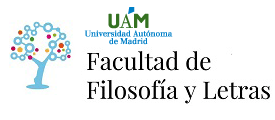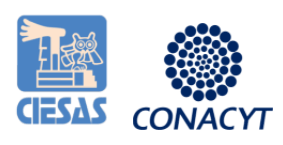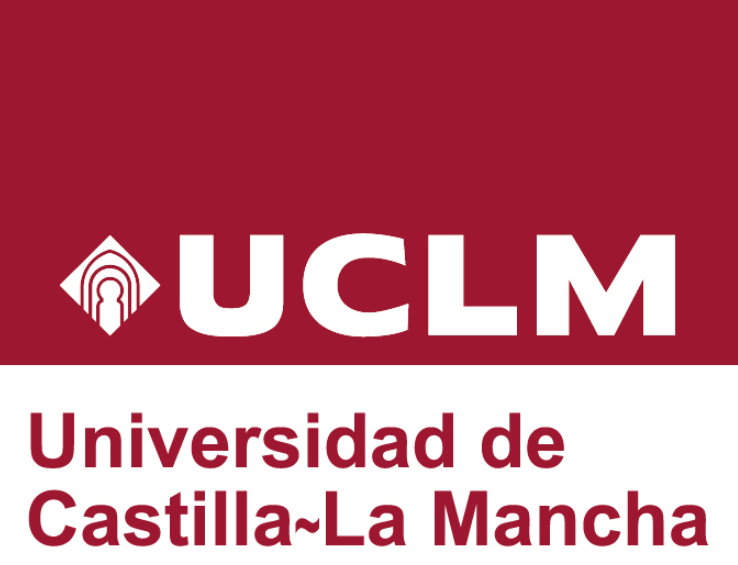NECROSOCIALITY: THE PRACTICE OF CARE FOR THE HOMELESS BEYOND LIFE IN JAPAN
By looking into the attention given to death and the afterlife in a neighborhood dubbed as a “homeless town” in Japan, this paper proposes that the politics of survival cannot be fully activated and comprehended without engaging with the enduring relationship between the living and the dead. I suggest that death, rather than ending life, provides a chronotope where the logic of social relations is negotiated, reaffirmed, or negated, effectively transforming the modes of being and care among the living. Situated in Kotobuki District of Yokohama City, this paper explores how isolated death (kodokushi) and wandering spirits of abandoned graves (muen botoke) became a major concern in the local activism for the right to survival, giving rise to various necrosocial technologies and practices. The case of Kotobuki attests to the irony of social exclusion that poignantly displays the violent transformations of bodies left in an abject state after death, calling into question the rigid logic of relations embedded in the political economy of care in Japan.
(*)El autor o autora no ha asociado ningún archivo a este artículo









